- In the Garden
- >
- Gardens
- >
- Gardens A-D
- >
- Canadian Heritage Garden
The purpose of this area is to celebrate and encourage the conservation of indigenous plants in Canada; it will preserve the work of hybridizers in spite of plant fashions, as we may lose some original plant forms with nursery trade bulk marketing. Also, we have the best climate in Canada for such a display. The Heritage Garden covers one and a half acres. It was opened August 27, 1989. [Erica 1995] The Medicine Wheel ceremony is held three times a year. Elders from the First Nations community host a spiritual ceremony to mark the changing of the season.
Here are some of the plants:
Alnus rubra - Red Alder:. A tea made from the bark was good for colds and troublesome kidneys of First Nations' peoples, while a poultice of the leaves helped bruises.[Erica 1995]
Larix laricina.- Eastern Larch: Its resin was used to heal wounds and burns. The common name is tamarack. [Erica 1995]
Roses are represented by the 'Explorer Series', developed by geneticist Felicitas Svejda, and are especially suited to climatic extremes [Erica 1995]
Syringa - Lilacs: A Canadian researcher, working in the Experimental Horticulture Division in 1920, produced a special breed of lilacs known as the Canadian Hybrids, an extremely hardy race of late-flowering lilacs. Tthe name Syringa means 'pipe' because of the shrub's hollow stems. [Erica 1995]
Garry Oak: Quercus garryana. An infusion of bark was used both as an antiseptic and laxative.[Erica 1995]
Cascara: Rhamnus purshiana. It is famous as a laxative made from the bark.[Erica 1995]
Wild Rose: Rosa nutkana. A tea from the flowers was used as a general tonic, and a poultice made from the leaves was used in treating bee stings.[Erica 1995]
Elderberry: Sambucus racemosa. One of the uses for its roots was to rub them on the body to relieve aches.[Erica 1995]
Fringe Cup: Tellima grandiflora. A tea made from the leaves made a good tonic.[Erica 1995]
Updates 2013 (MG taken from Gardener Walk Notes)
There is also a growing collection of Canadian rhodo hybrids at the east entrance of the Heritage Garden. These will extend the Rhododendron Walk and replace the collection of provincial wildflowers which proved difficult to maintain. In particular, the Yukon fireweed, Chamerion angustifolium, is very invasive, so the area has been double-dug.
The Boreal Forest area features 'sweet fern', Comptonia peregrina, which has fragrant leaves and is not a fern.
A group of Arbutus menziesii grow at the corner of the Pacific Coast area. Also known as Pacific madrone or arbutus, hey are prone to leaf spots, fungal and bacterial canker problems. Our American cousins call this tree 'madrona'.
Useful Links:
Native Canadian plants and wildflowers
Alnus rubra - Red Alder:. A tea made from the bark was good for colds and troublesome kidneys of First Nations' peoples, while a poultice of the leaves helped bruises.[Erica 1995]
Larix laricina.- Eastern Larch: Its resin was used to heal wounds and burns. The common name is tamarack. [Erica 1995]
Roses are represented by the 'Explorer Series', developed by geneticist Felicitas Svejda, and are especially suited to climatic extremes [Erica 1995]
Syringa - Lilacs: A Canadian researcher, working in the Experimental Horticulture Division in 1920, produced a special breed of lilacs known as the Canadian Hybrids, an extremely hardy race of late-flowering lilacs. Tthe name Syringa means 'pipe' because of the shrub's hollow stems. [Erica 1995]
Garry Oak: Quercus garryana. An infusion of bark was used both as an antiseptic and laxative.[Erica 1995]
Cascara: Rhamnus purshiana. It is famous as a laxative made from the bark.[Erica 1995]
Wild Rose: Rosa nutkana. A tea from the flowers was used as a general tonic, and a poultice made from the leaves was used in treating bee stings.[Erica 1995]
Elderberry: Sambucus racemosa. One of the uses for its roots was to rub them on the body to relieve aches.[Erica 1995]
Fringe Cup: Tellima grandiflora. A tea made from the leaves made a good tonic.[Erica 1995]
Updates 2013 (MG taken from Gardener Walk Notes)
There is also a growing collection of Canadian rhodo hybrids at the east entrance of the Heritage Garden. These will extend the Rhododendron Walk and replace the collection of provincial wildflowers which proved difficult to maintain. In particular, the Yukon fireweed, Chamerion angustifolium, is very invasive, so the area has been double-dug.
The Boreal Forest area features 'sweet fern', Comptonia peregrina, which has fragrant leaves and is not a fern.
A group of Arbutus menziesii grow at the corner of the Pacific Coast area. Also known as Pacific madrone or arbutus, hey are prone to leaf spots, fungal and bacterial canker problems. Our American cousins call this tree 'madrona'.
Useful Links:
Native Canadian plants and wildflowers
Canadian Heritage Garden
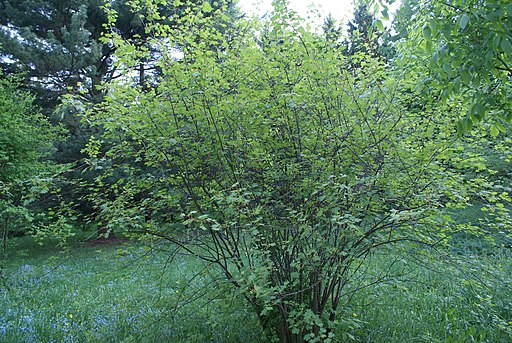
Acer glabrum
CA$0.00
CA$0.00
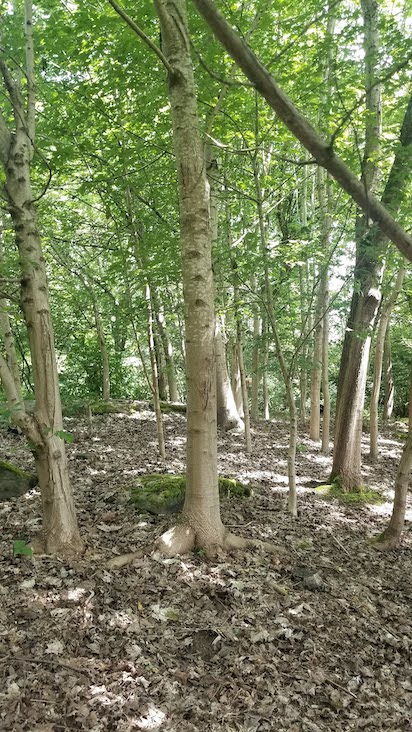
Acer saccharum
CA$0.00
CA$0.00
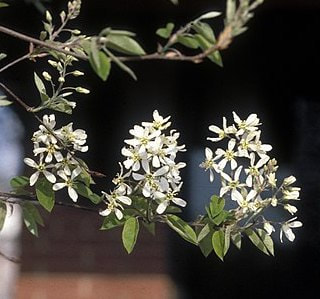
Amelanchier canadensis
CA$0.00
CA$0.00
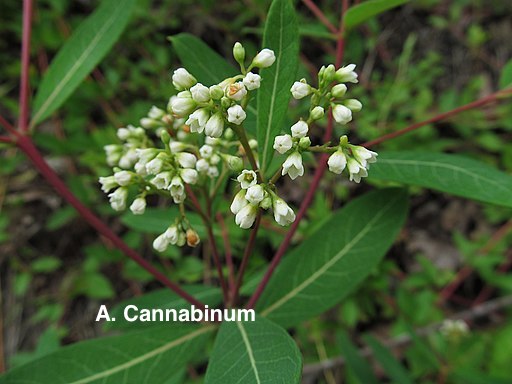
Apocynum spp.
CA$0.00
CA$0.00

Comptonia peregrina
CA$0.00
CA$0.00
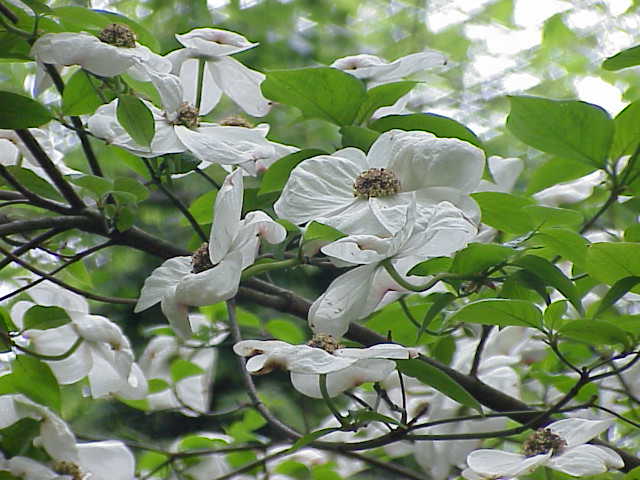
Cornus nuttallii
CA$0.00
CA$0.00
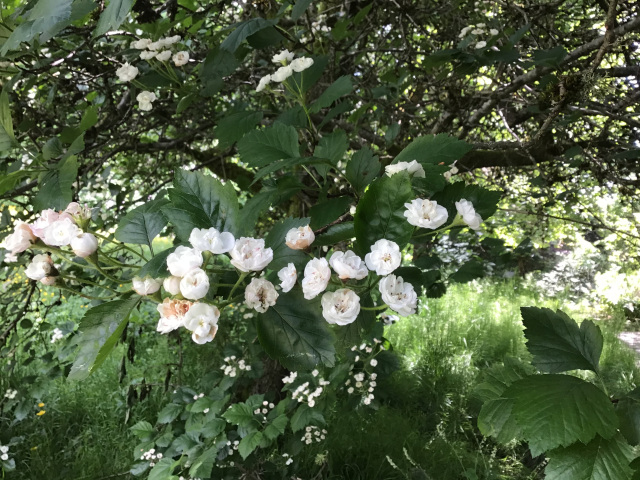
Crataegus x mordenensis 'Snowbird'
CA$0.00
CA$0.00
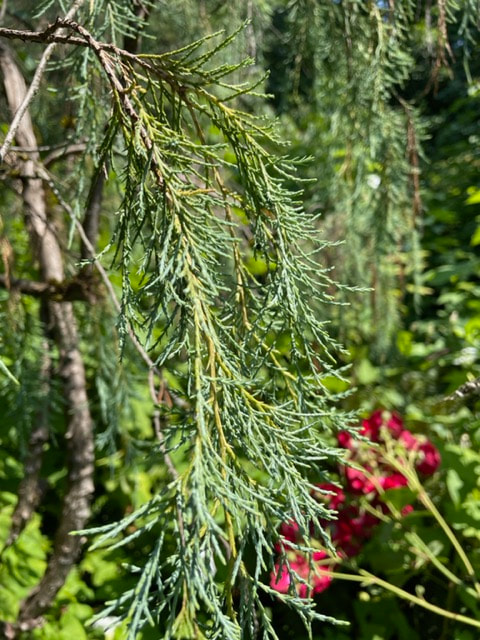
Juniperus scopulorum 'Tolleson's Weeping'
CA$0.00
CA$0.00
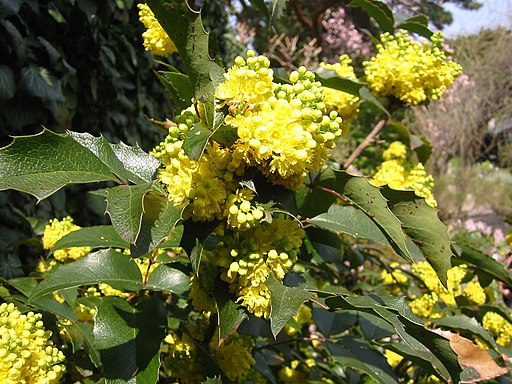
Mahonia nervosa
CA$0.00
CA$0.00
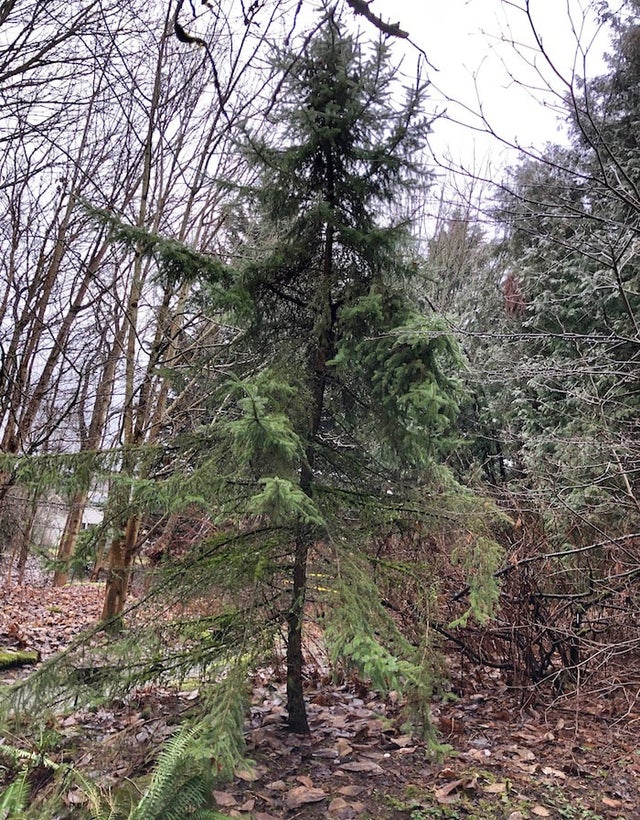
Picea mariana
CA$0.00
CA$0.00
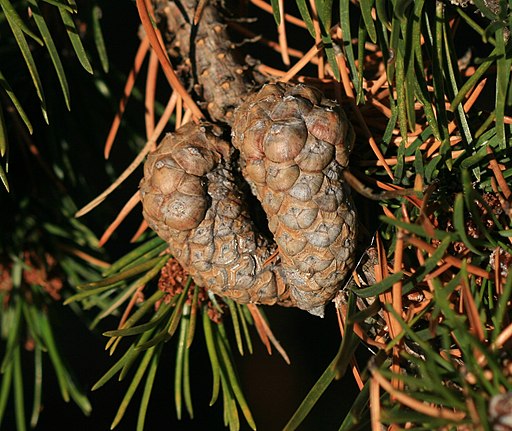
Pinus banksiana
CA$0.00
CA$0.00
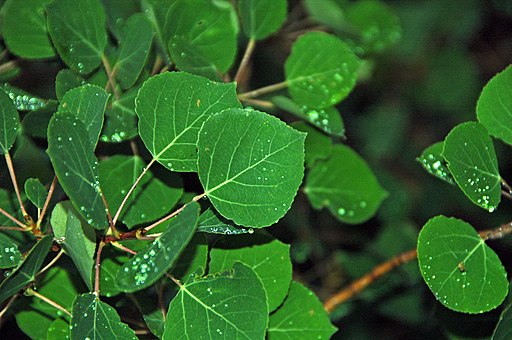
Populus tremuloides
CA$0.00
CA$0.00

Rosa 'Emily Carr'
CA$0.00
CA$0.00

Rosa 'Felix Leclerc'
CA$0.00
CA$0.00
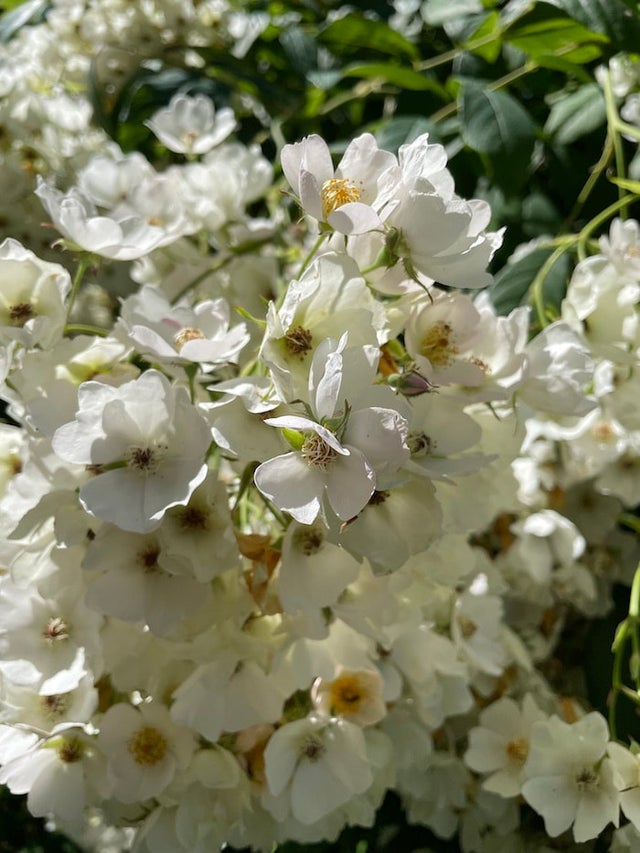
Rosa multiflora
CA$0.00
CA$0.00
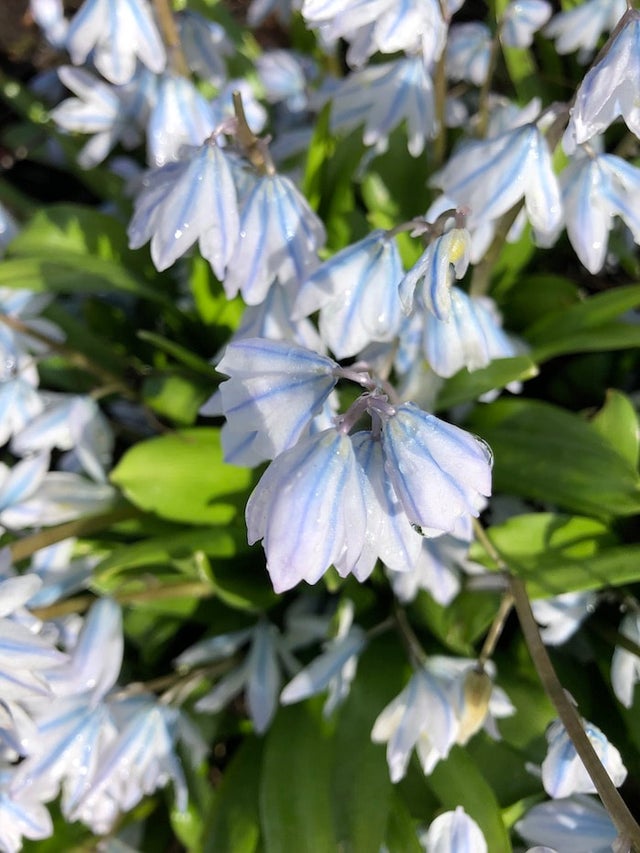
Scilla mischtschenkoana 'Tubergeniana'
CA$0.00
CA$0.00
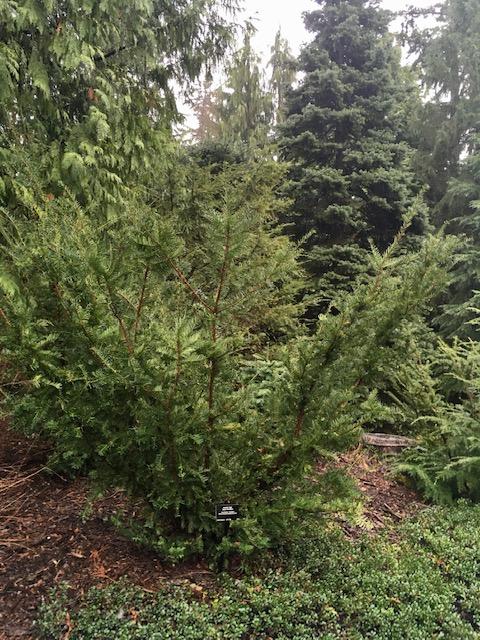
Taxus brevifolia
CA$0.00
CA$0.00
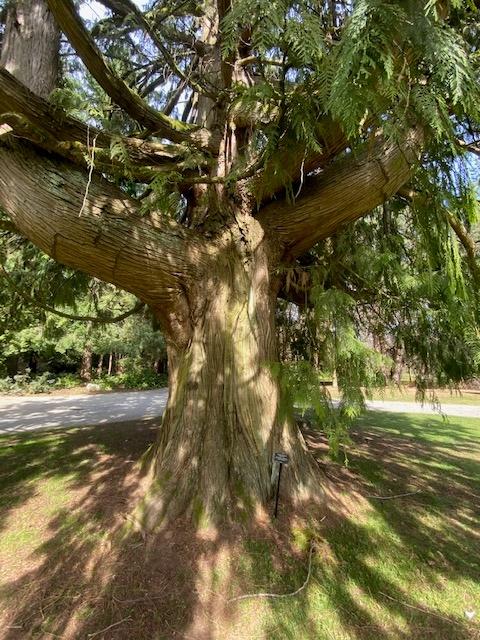
Thuja plicata
CA$0.00
CA$0.00
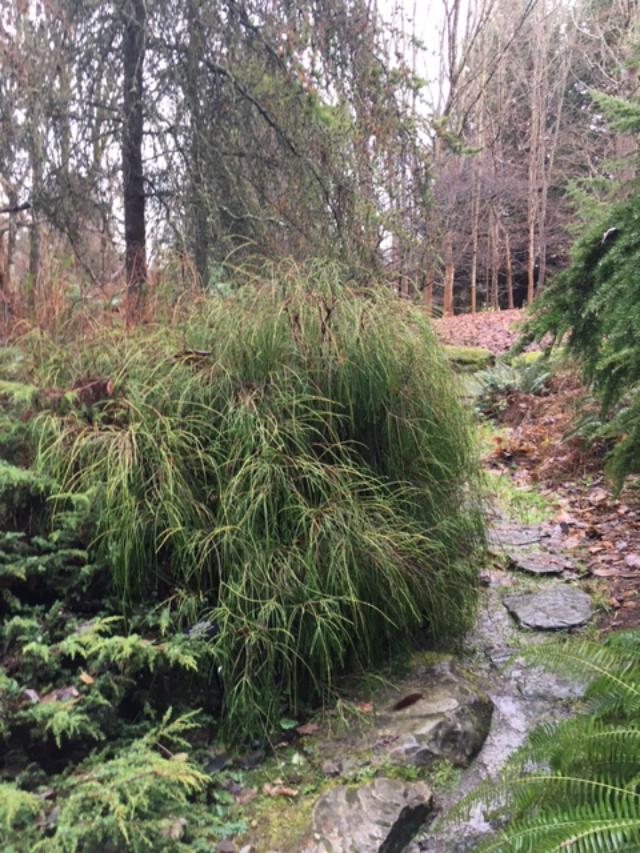
Thuja plicata 'filiformis'
CA$0.00
CA$0.00
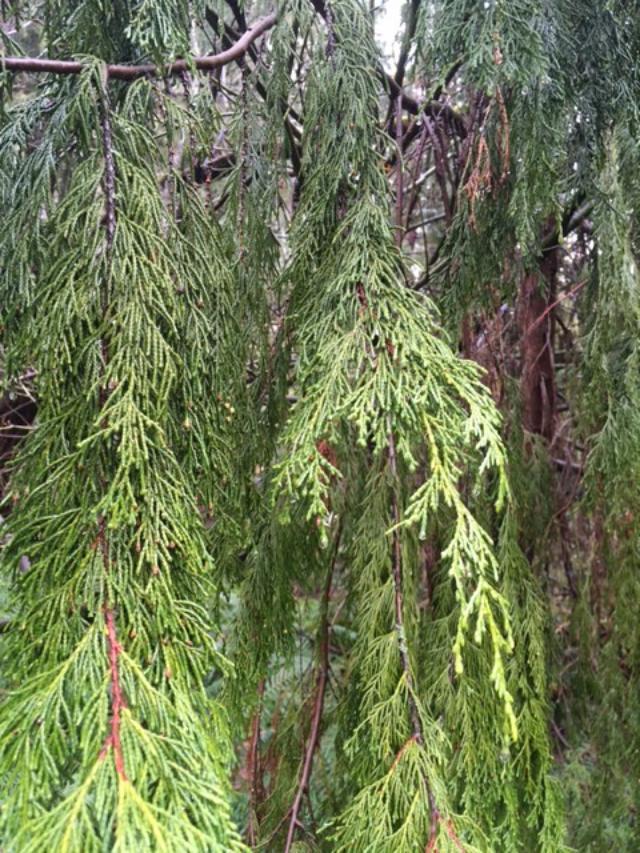
Xanthocyparis nootkatensis
CA$0.00
CA$0.00
Proudly powered by Weebly